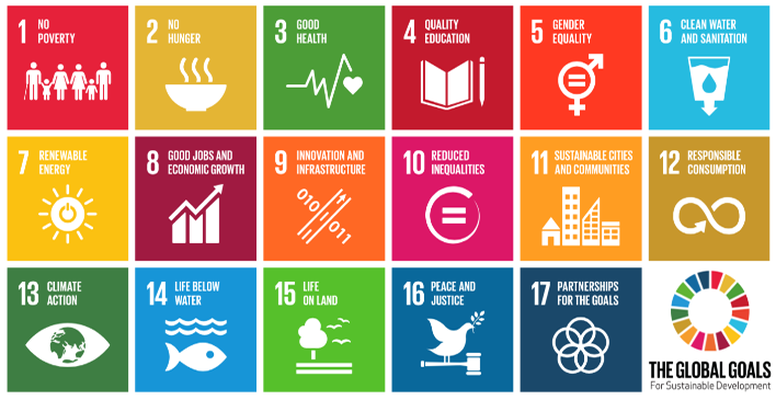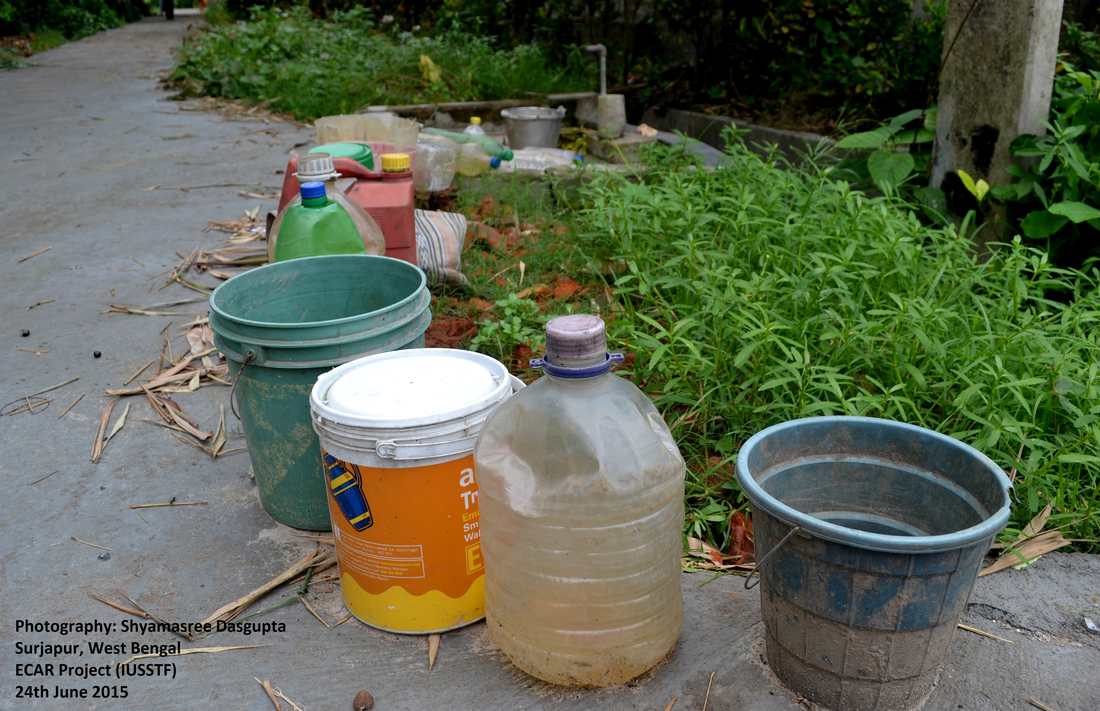Is COVID19 on a Collision Course with 'Utopia'? In 2015 these lofty goals were undertaken by all United Nations Member states towards global governance for sustainable development. In essence, unknown to the masses, United Nations has dreamt up this awe-inspiring 'utopia' of economic development that is dependent on integrated planetary living. The above image shows the global call to action in 17 spaces that is designed for sustainable development, ushering in ultimate utopia by 2030. The grand vision: empowered human living. Then comes along Covid-19, a virus. What does this mean? Does it mean COVID-19 is at odds with 17 Sustainable Developmental Goals (SDGs)? If we are aware of the various targets and Indicators, then our answer is no. We can see SDG3 is about promoting healthy living for all ages around the globe. Promoting human capital means, tackling global health risk, fostering a healthy mind, global health oversight, health emergency preparedness and end of epidemics as we know it. So, scientific approach to strengthen implementation of SDGs in the aftermath of COVID-19 need to continue with equal force. Sooner we jump start with renewed realizations our economic-social-environmental actions, the better off we will be for absorbing such shocks in future. Predictions of public health crisis in climate change scenarios are already high. However, scientific discourse in climate conversation is, about how such challenges may be approached by pro-active measures through preventive health care. How does COVID-19 stack up against other existing health ordeals? While deaths from Covid-19 in the first quarter of 2020 is ~190,236 globally, vector borne disease death annually is ~700,000. Here are few mind boggling stats. 2195 children die of common diarrhea every day x 365 = you do the math Cancer claims 26,386 lives every day x 365 = you do the math 200 million people drink arsenic laced water in the absence of access to safe drinking water. COVID-19 lifts the veil of societal shame 'Hand-washing' as obvious as it sounds, is the best to avoid COVID-19. Internet 'memes' of soap use, running hot water for hand-washing, and hand sanitizer use, has dominated the urban cultural landscape in the last few weeks. COVID-19 transcended the divide between the developing and developed countries, only among the privileged few who can afford to have the warm luxuries of cool cleanliness. Seems like COVID-19 categorized pandemic have shamelessly forgotten about 50% of the world population who lives in South Asia, Sub Saharan Africa and East Asia. Majority do not have access to safe drinking water. Let alone, 24x7 water service flow. And flow of hot water, is nothing more than a pipe dream. Sarcasm leads one to underscore the fact that 50% of the world population is immune from COVID-19. It should be diligently noted, that global advisories for COVID-19 are exclusive and in contradiction with SDG 10 : Reduced inequality. Framed as such, COVID-19 is indeed in a collision course with utopia. But, it is upon us not to make it so.
Why should we work towards planetary utopia? In nature, everything is connected. This is equally true of a healthy environment and a healthy economy. We cannot hope to sustain life without taking care of nature. And we need healthy economies to lift people out of grinding poverty and achieve the United Nations Sustainable Development Goals. If we are talking of ‘solidarity’ and thriving economy, then what is the one take home message from COVID-19? We need investment to make this solidarity package work. Investment in two core sectors: Water and Energy (SDG6 and SDG7) to revive the economies immediately with existing scientific know-how and solve inequity and provide minimum dignified living. This needs to happen now not until 2030. This will in effect directly accelerate solutions of: SDG 1, by improving proportion of population with access to basic services; SDG 2, as water and energy are the basic inputs and related infrastructure for food production and preservation ensuring food security; SDG 3, by directly improving health capital by reducing mortality from water borne diseases and quality health service infrastructure; SDG 5, by reducing burden of unproductive time allocation and disease burden of women; SDG 10 by reducing inequality between and within countries. If we add some solid scientific understanding borrowing from climate conversation [1][2][3][4]and ensure inclusive and equitable education SDG 4 invoke solidarity through global partnership SDG 17, we can advance SDG 8, by providing decent work, economic growth sustainably for those who needs the most ; SDG 9, by adding innovation in basic service access infrastructure; SDG 11, by making human settlements resilient and sustainable; SDG 12, by helping sustainable consumption and production by reducing food and resource losses at various stages of supply chain; SDG 13, by helping in combat of climate change and it's impact; SDG 14 by sustainable harvest of marine resources and by reducing pollution load carried to marine system; SDG 15, by reducing burden on forests and the ecosystem by making transition to modern energy sources; SDG 16 by reducing crime, violence etc. which happen many a times in dark, deserted alleys and by reducing water related conflicts. How much would it cost? Based on past research [1][2][3] [4] and back of the envelope calculation using macro economic parameters, we can expect a 3-4 times production growth following a required investment commitment of 3.5 trillion USD targeted towards 50% of the global population aspiring for dignified living with basic services. This will build global wealth in all three dimensions social-economic-environmental toward sustainable development. Building purpose driven physical capital and socially innovative service delivery models and policy innovation in water and energy will provide reliable 24x7 service access to water and electricity for 50% of the laggards in the development process. Back of the envelope calculation show no less than 200 million new jobs are guaranteed. We do need innovative framing of the investment plan to once and for all solve inequity in access to basic hygiene, to avoid any future Pandemic with multilayered damage whose cost is well above $ 3.5 trillion in a global economy of today valued at ~$86 trillion. Stay tuned! Joyashree Roy ******** In next series of articles, we point out the need for multidisciplinary scientific approach and contextualization to avoid some of the inevitable fall outs in many societies of following one size-fits-all kind of unscientific response strategies for managing a Pandemic.
4 Comments
|
Archives
September 2021
Categories
All
|


 RSS Feed
RSS Feed